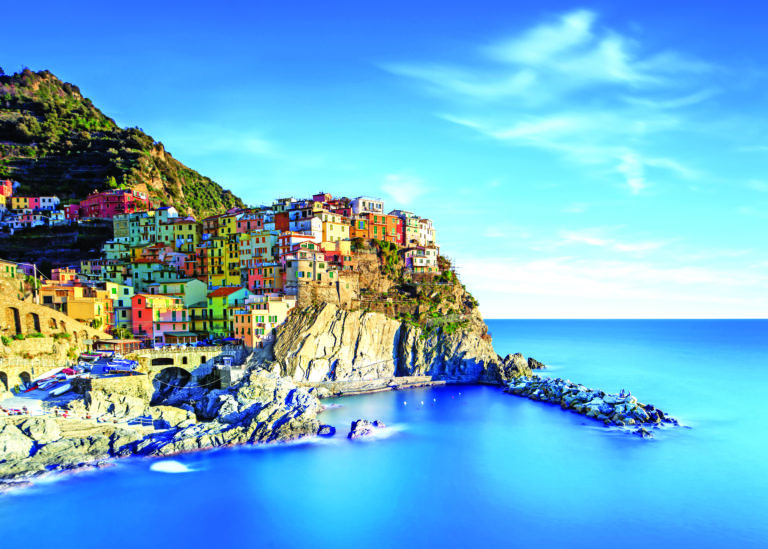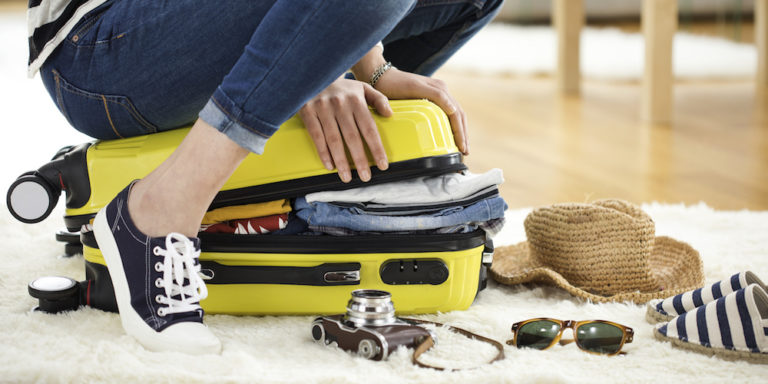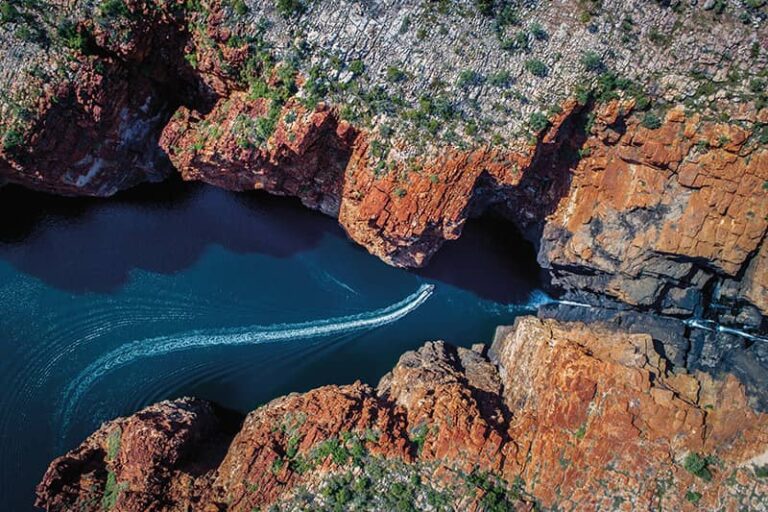Are you thinking about travelling to Japan? Here are 7 things you (probably) didn’t know about Tokyo that might help you plan an upcoming trip.
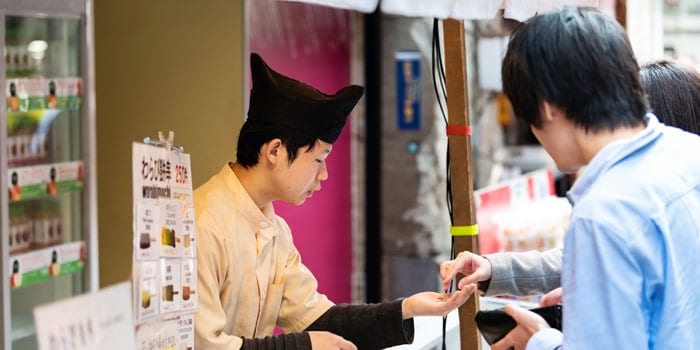
1. Cash is King
For all its high-techness and contemporary architecture, Tokyo is surprisingly old-school. Don’t be surprised to see women in kimonos shopping in department stores. Many businesses still use faxes. And cash is more widely used than EFTPOS or credit cards. Also, most bank ATMs don’t accept foreign cards. The good news: most convenience stores such as FamilyMart or 7-Eleven have ‘international’ ATMs where you can withdraw cash, and most are open 24/7.
2. It’s Cafe Crazy
Japan is a nation of coffee-drinkers. Who knew? And no city is more café-obsessed than Tokyo. Exhibit A: The world’s largest Starbucks opened earlier this year in Nakameguro, southern Tokyo, designed by one of Japan’s best-known architects, Kengo Kuma. This Tokyo roastery is a vast coffee wonderland complete with cold brew bar, tea lounge and Milanese bakery. Japan also has its own Starbucks, called Tully’s, as well as plenty of specialist cafes such as the five-seat Little Nap in Yoyogi and Koffee Mameya in Shibuya, where every pour-over coffee is made to order by passionate baristas. (Unless it’s a caffeine emergency, avoid the canned coffee available hot or cold from vending machines; it might be cheap but it tastes awful. And if you do succumb, drink it on the spot; eating or drinking while you walk is a no-no in Japan.)
3. It’s Watery
Tokyo’s former name is a giveaway. Until 1868, when it became the capital, Japan’s largest city was called Edo, meaning ‘estuary’, because it’s built at the confluence of more than 100 rivers where they flow into Tokyo Bay. Now there are manmade canals too and it’s not uncommon to see Tokyoites paddling kayaks in the summer months. Guided kayaking tours offer a fresh take on the city, particularly during spring when you can paddle under blossoming cherry trees, the water covered in fallen pink petals. Or cruise the rivers and Tokyo Bay on a futuristic bubble-boat designed by anime artist Leiji Matsumoto with glass ceilings to allow you to look up at Tokyo’s buildings.

4. It’s Affordable
Tokyo quietly slipped off The Economist’s ‘10 most expensive cities’ list last year (replaced by Osaka, now the 5th most expensive in the world) and is surprisingly affordable to visit. A single ticket on the Tokyo Metro subway can cost as little as 140 yen (less than two dollars). Despite having more Michelin-starred restaurants than any other city in the world, Tokyo has plenty of cheap eats: street food such as takoyaki (octopus balls) and matcha gelato, cheeryizaka bars, gourmet department store food halls like Tokyu Food Show, even the world’s first Michelin-starred ramen joint, Tsuta, where you can get a bowl of world-class noodles for about $10. There are also plenty of free things to see and do in the city, from shrines and sumo practice sessions, to free museums and public art. There are affordable stays too, such as luxurious, high-ceilinged ‘pods’ at the new Hotel Zen Tokyo in Ningyocho.
5. Tokyo Does ‘Busy’ Well
You might expect one of the world’s most densely populated cities to feel oppressive and sure, certain places at certain times do get super-crowded, such as Harajuku’s Takeshita Street on Saturday mornings and Shinjuku Gyoen park during cherry blossom season. However, here’s the thing: ‘busy’ isn’t unpleasant in Tokyo. People just seem to know how to happily coexist, even in close proximity, and obey certain unwritten rules such as not talking loudly in public. Plus, Tokyo has a lower crime rate than possibly any other large city
in the developed world, so congested places never feel unsafe.
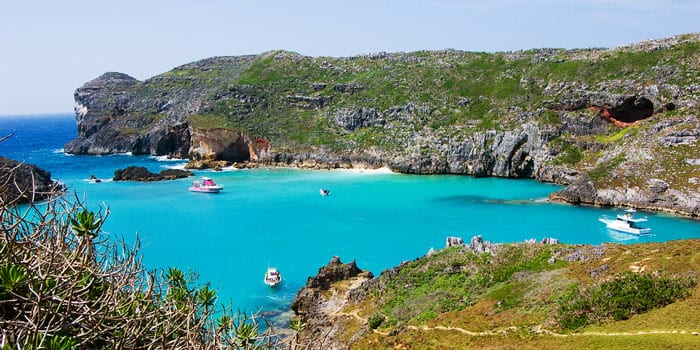
6. It Has Subtropical Islands
To understand how wild and natural parts of Tokyo are, it helps to first understand that this is no ordinary city. Created in 1943 when the City of Tokyo merged with the western part of Tokyo Prefecture, Tokyo Metropolis now consists of 23 wards, 26 cities, five towns and eight villages – and about 30 subtropical islands, south of the city. These islands lie in the Izu and Ogasawara groups and while some are volcanic, with hot springs, others look as if they’ve been transplanted from Fiji with their aquamarine waters and rice-white sandy beaches.
7. Cycling is Big
One of the things that surprises first-timers to Tokyo is how many people, of all ages, ride bicycles – to work, to school and university, to the shops, to restaurants and cafes. Cycling is the city’s third most popular mode of transport after trains and buses, in fact. Tokyo’s electric-assisted bike-share scheme is very visitor-friendly, with one-day passes available. There are guided bike rides around Tokyo, too, which allow you to experience the city with all your senses – and blend in with the locals.


